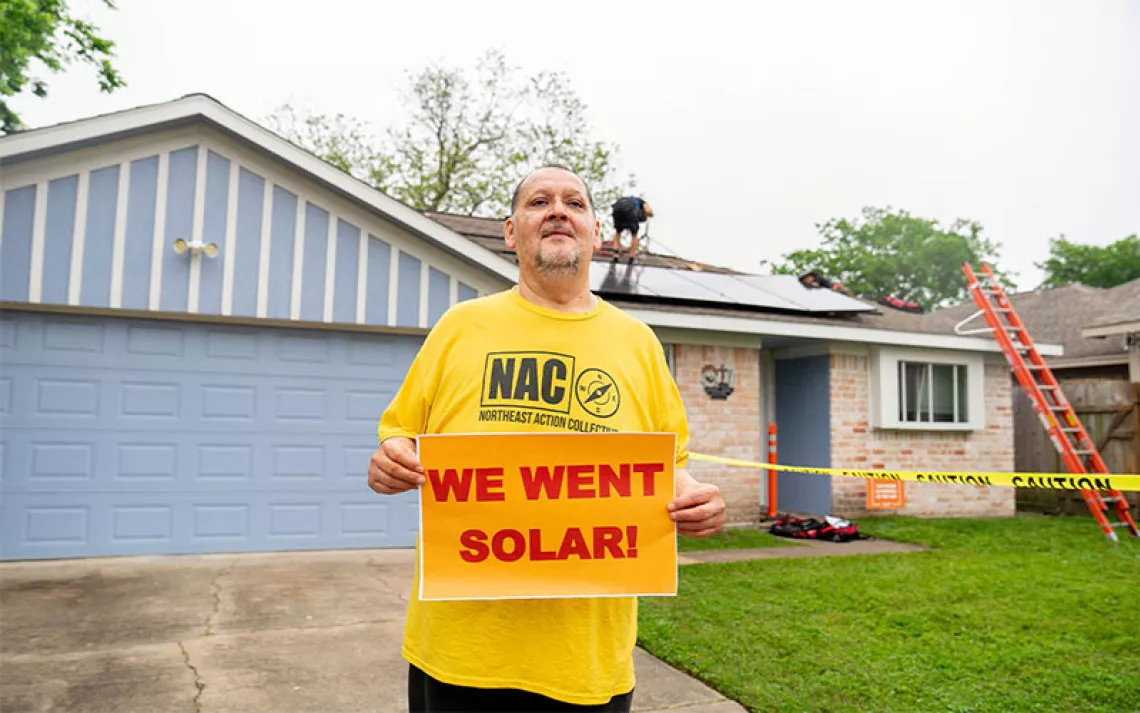California First in the Nation to Require Solar on New Homes
Starting in 2020, new homes in the Golden State will be mini power plants

Photo by Petmal/iStock
You know how governmental bodies are always promising to do some virtuous thing at some conveniently far-off future date? Back in 2007, that California Energy Commission set a goal that all new residential construction in the state would be “net-zero” by 2020—that is, that new homes would create at least as much energy as they use. At the time, it sounded to many like another pie-in-the-sky proposal from the Moonbeam State.
Today (May 9, 2018) the energy commission came through, voting unanimously to require almost all new homes to include solar panels starting January 1, 2020. This makes California the first state in the nation to establish such a standard, although some municipalities—San Francisco, for example, and South Miami—got in earlier. Given California’s size (its economy just surpassed that of Great Britain, becoming the world’s fifth largest), the move should give a big boost to the solar industry. U.S. Census figures show that there were about 58,000 new single-family houses in 2017, and in 2020 when the new mandate kicks in, it will cover multifamily apartments and condos as well, up to three stories in height.
Abigail Ross Hopper, president and CEO of the Solar Energy Industries Association, called the decision historic. “California has long been our nation’s biggest solar champion, and its mass adoption of solar has generated huge economic and environmental benefits, including bringing tens of billions of dollars of investment into the state. Now, California is taking bold leadership again.”
“Rooftop solar is a simple and cost-effective way to bring affordable clean energy to the state,” said Anne Hoskins, chief policy officer at Sunrun. “This standard will play an important role in aiding California to reach its climate and renewable energy goals.”
It’s not surprising that the solar industry cheered the move (although it’s not clear how much installers like Sunrun will participate, as they typically work with existing homes), but it was noteworthy that it met very little opposition. The California Building Industry Association was on board, satisfied with the flexibility the new rules give—they exempt, for example, buildings whose roofs are shaded or too small, and allows homes to compensate for smaller rooftop systems with battery systems like Tesla’s Powerwall. There was some concern about the addition of an extra $10,000 in construction costs to the state’s already stratospheric home prices, but the commission estimates that the extra upfront costs will be more than offset by energy savings of about $19,000 over a 30-year period.
The potential addition of more than 5,000 jobs to fulfill the solar mandate’s requirements is likely to improve its feel-good effects. While California is the first state to make this commonsense move, it’s safe to predict that it won’t be the last.
 The Magazine of The Sierra Club
The Magazine of The Sierra Club



